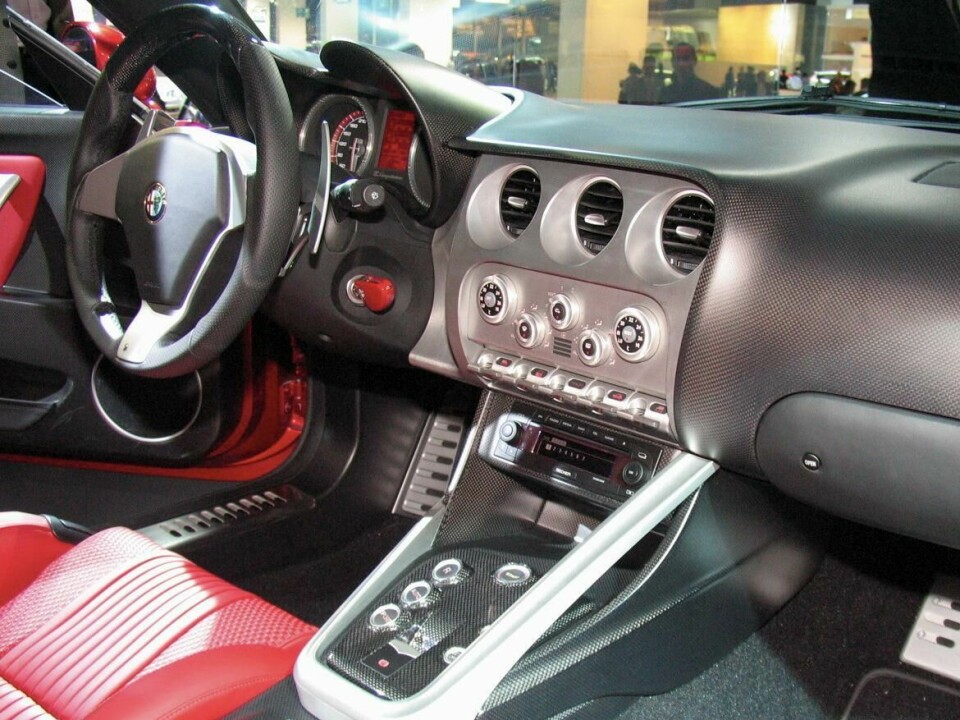
Essay: From Twist to Touch
As touchscreen technology transforms everything from smartphones to car interiors, the move away from analog controls promises sleek design and increased functionality—but at what cost? In the race toward digital dashboards, we may be sacrificing safety, usability, and the intuitive muscle memory that once made driving second nature
The Apple iPhone has set off ripples throughout the world of product design because of its revolutionary touchscreen display. It’s the first display that is “multi-touch” - it recognises more than one finger touch at a time. This allows for some novel means of control, such as spreading two fingers apart on the screen in order to zoom in on a photo or web page.
But the iPhone shows the progression of where car dashboards are going if they stay on their current trajectory. We are heading toward dashes which are far more screen-based, with flush-mounted buttons and relatively few controls that visibly move or change position other than the steering wheel. The last holdouts of gear shift and handbrake are increasingly getting replaced by paddle-shifters and electronic push-buttons respectively.
The reasons for this are understandable. Buttons have a number of advantages over mechanical analog controls: they allow for multiple control locations for a single function, such as volume controls on both radio and steering wheel; enable automated and manual control to live side-by-side, such as AC/heating systems that automatically adjust the interior temperature along with manual over-ride; and they allow density of functionality, and more complex functionality. This is necessary for sophisticated electronics and entertainment capabilities being built into cars today. In addition, buttons are less expensive in many cases than equivalent analog controls.
However, buttons sacrifice several important things as well. They present much smaller hit-targets and are often physically smaller than equivalent analog controls and because they are often flush with the surrounding surface and controls they are much more difficult to find by feel. This may require taking one’s eyes off the road to ensure pressing the right button. Compounding this less obvious visual state, especially with a quick glance or a touch of the hand, the state changes are also less clear. Knobs and switches that change position dramatically (such as the row of projecting silver switches on the Mini dashboard that flip up and down) can easily be understood at a glance. Analog controls make superb use of muscle memory, the ability of our body to memorize fine muscle movements and repeat them unconsciously.
Let’s look at this issue of muscle memory for a moment longer, because it has some significant benefits. Muscle memory is what allows driving to shift from being something that requires our total concentration when first learning to become a rote activity. It is also what allows us to blindly find the old-fashioned 3-knob heater configuration on the dash and give one of the knobs a quick twist and know what effect that change in knob direction will have, all without taking one’s eyes off the road.



The Apple iPhone has set off ripples throughout the world of product design because of its revolutionary touchscreen display. It’s the first display that is “multi-touch” - it recognizes more than one finger touch at a time. This allows for some novel means of control, such as spreading two fingers apart on the screen in order to zoom in on a photo or web page. The minds of designers have been set racing as they try to think of new control possibilities that such a display allows. Some have predicted that we will see the demise of physical controls in favor of touch controls and that products will become simple slates with screens.






